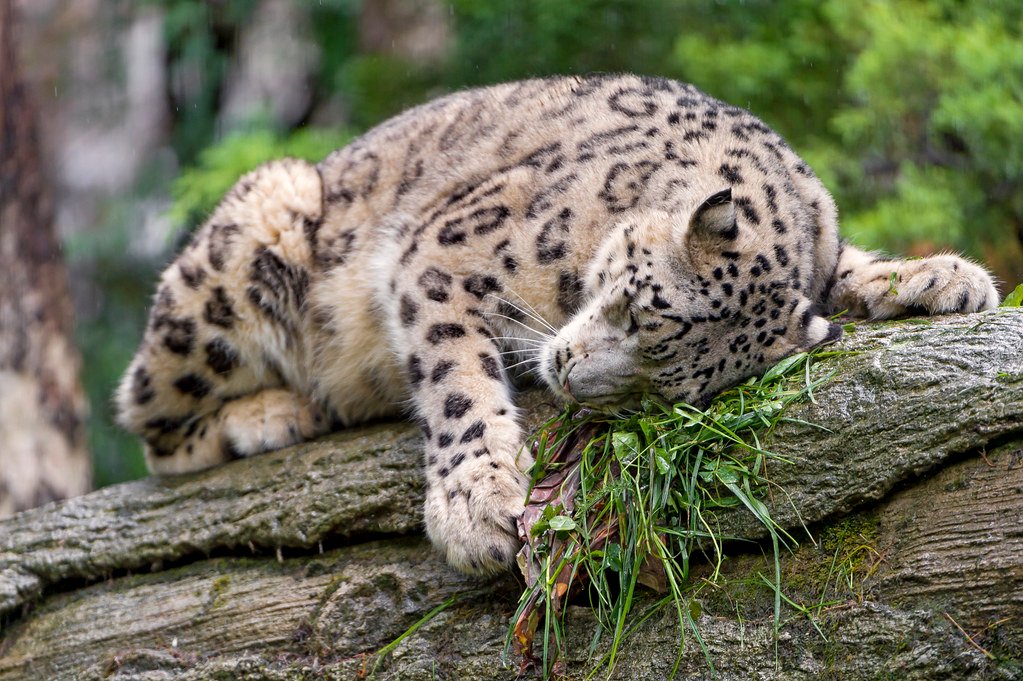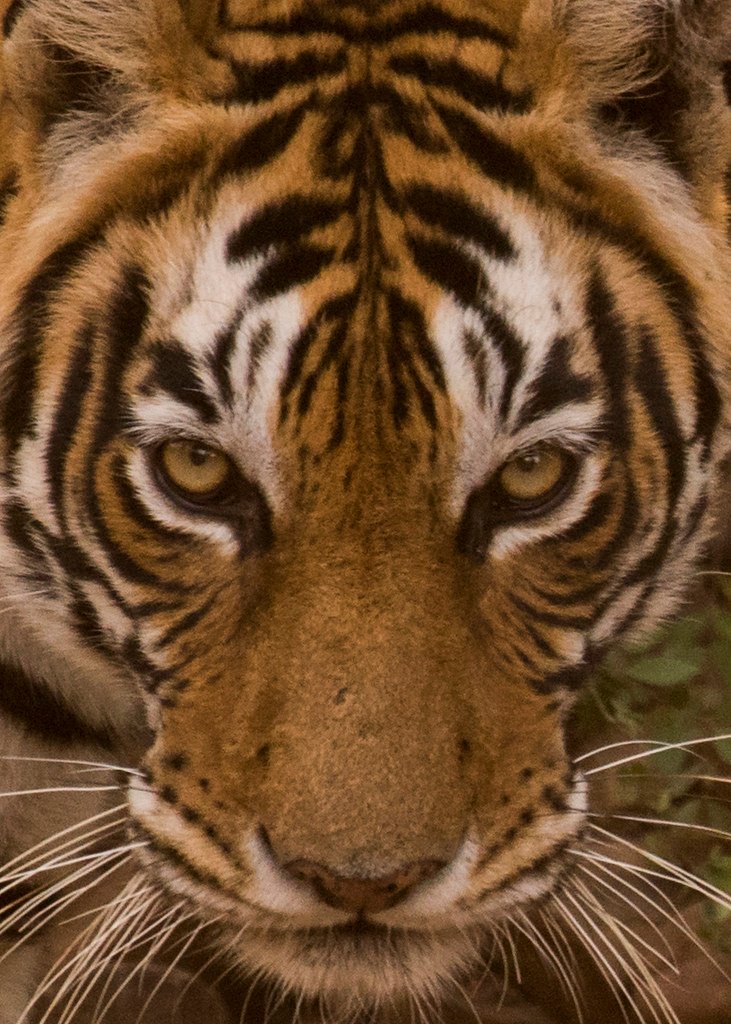The Silent Observer

Deep in the heart of an African savanna, a leopard sits motionless on a rocky outcrop, amber eyes scanning the landscape below. This magnificent predator embodies patience itself—muscles coiled like springs, ready to unleash devastating power at the perfect moment. Every twitch of an ear, every subtle shift in breathing reflects an ancient wisdom passed down through countless generations.
What strikes you most isn’t the spotted coat or powerful build, but the intelligence burning behind those golden eyes. This is a mind constantly calculating, processing information we can barely comprehend. The leopard sees patterns in chaos, hears stories in the wind, and reads the landscape like an open book written in scent and shadow.
Master of Camouflage

A leopard’s rosette pattern isn’t just beautiful—it’s a masterpiece of evolutionary engineering that makes them nearly invisible in dappled sunlight. Each spot serves as nature’s own optical illusion, breaking up the cat’s outline so effectively that prey animals can walk within striking distance without noticing death lurking mere feet away. The way light filters through leaves creates the perfect backdrop for this living artwork.
In dense forest environments, those same rosettes transform the leopard into a shadow among shadows. Their coat becomes a symphony of light and dark that matches the complexity of their woodland habitat perfectly.
The Tree-Dwelling Strategist

High above the ground, a leopard drapes itself across a massive branch with feline grace that defies physics. This isn’t just resting—it’s strategic positioning that offers multiple advantages no other big cat can match. From this elevated throne, the leopard surveys its kingdom while remaining completely hidden from both prey and competitors below.
These aerial highways allow leopards to move through their territory without leaving scent trails on the ground. It’s like having a secret passage system that only they know how to navigate. The muscular hindquarters and powerful claws make even the most impossible climbs look effortless.
Calculating Every Move

Watch a leopard stalking prey and you witness pure tactical genius in action. Every step is deliberate, every pause calculated to perfection. The cat’s brain processes wind direction, ground texture, available cover, and escape routes in milliseconds. This isn’t instinct alone—it’s sophisticated problem-solving that would impress military strategists.
The leopard’s ability to adapt hunting techniques based on specific prey behavior shows remarkable cognitive flexibility. They remember which techniques work on different species and adjust their approach accordingly, like a chess master planning moves five steps ahead.
The Power Behind the Silence

Beneath that spotted coat lies one of nature’s most perfectly engineered killing machines. A leopard’s jaw can crush bones with over 300 pounds of pressure per square inch, while their retractable claws can punch through hide like razor-sharp daggers. Yet they move through the bush with footsteps lighter than whispered prayers.
This combination of devastating power and absolute stealth creates the ultimate predator package. The muscular shoulders and neck that can drag prey twice their body weight up vertical tree trunks showcase strength that seems almost supernatural.
Eyes That See Everything

Those piercing yellow-green eyes aren’t just windows to a predator’s soul—they’re sophisticated optical instruments perfectly adapted for hunting. Leopards possess night vision six times better than humans, allowing them to hunt effectively in near-total darkness when most prey animals are most vulnerable.
The forward-facing placement of their eyes provides exceptional depth perception crucial for judging distances when making those death-defying leaps between branches. Their pupils can dilate dramatically to capture every photon of available light, turning midnight into midday for hunting purposes.
The Art of Patience

A leopard can remain motionless for hours, waiting for the perfect opportunity to strike. This level of patience isn’t just impressive—it’s almost meditative in its intensity. While prey animals below go about their daily routines, the leopard exists in a state of focused awareness that borders on supernatural.
This patience extends beyond individual hunts to their entire lifestyle. Leopards understand that survival depends on energy conservation, choosing when to act and when to wait with wisdom that comes from thousands of years of evolutionary refinement.
Solitary by Choice, Not Circumstance

Unlike lions with their social pride structure, leopards choose solitude as their path to survival success. This isn’t antisocial behavior—it’s an incredibly sophisticated survival strategy that eliminates competition for resources and reduces the risk of injury from conflicts with other predators.
The leopard’s territorial system is like an invisible chess board where each cat knows exactly where they belong. These boundaries are maintained through scent marking and vocalizations that communicate complex messages about identity, reproductive status, and territorial claims without direct confrontation.
The Leap of Death

When a leopard finally decides to strike, the explosive power they unleash is absolutely breathtaking. Those muscular hindquarters can propel them horizontally up to 20 feet in a single bound, turning patient observation into lightning-fast action in less than a heartbeat. The biomechanics involved in these attacks represent millions of years of predatory evolution.
The precision required to hit a moving target while launching from an unstable branch requires split-second calculations that would challenge a computer. Yet leopards make these impossible shots look routine, testament to their incredible neural processing power.
Dragging Victory Skyward

Perhaps nothing demonstrates a leopard’s incredible strength quite like watching one haul prey weighing twice their body weight straight up a vertical tree trunk. This isn’t showing off—it’s essential survival strategy that protects their kill from scavenging hyenas, lions, and wild dogs that would steal their hard-earned meal.
The technique involves precise claw placement and body positioning that maximizes leverage while minimizing energy expenditure. It’s like watching a master rock climber who happens to be carrying a refrigerator on their back.
Territorial Boundaries Written in Scent

A leopard’s territory is mapped out in an invisible language of scents that tells other cats everything they need to know about the area’s owner. These chemical signatures contain information about age, health, reproductive status, and recent hunting success. It’s like leaving a detailed resume at every territorial marker.
The strategic placement of these scent marks shows remarkable understanding of terrain and traffic patterns. Leopards know exactly where other cats are likely to travel and position their messages accordingly, creating an efficient communication network that prevents unnecessary conflicts.
Mother’s Calculated Protection

A leopard mother with cubs faces the ultimate strategic challenge—protecting her offspring while maintaining her own survival in a hostile environment. She must hunt more frequently to feed growing cubs while keeping them hidden from lions, hyenas, and male leopards that would kill them to bring her back into breeding condition.
The den-moving behavior of leopard mothers shows incredible foresight and planning. They relocate cubs regularly to prevent predators from discovering their location, carrying each cub individually to new hiding spots with military-like precision and timing.
The Language of Silence

While other big cats announce their presence with earth-shaking roars, leopards have mastered the art of silent communication. Their vocalizations are subtle and targeted—soft chuffs between mother and cubs, territorial calls that travel just far enough to establish boundaries without attracting unwanted attention.
This vocal restraint isn’t shyness—it’s tactical brilliance that allows them to coordinate with family members while remaining undetected by competitors and prey. Even their purr is quieter than a house cat’s, perfectly suited to their stealthy lifestyle.
Adapting to Human Expansion

Modern leopards face the ultimate test of their legendary adaptability as human settlements encroach on traditional territories. Some leopards have learned to hunt livestock and navigate urban environments with the same strategic thinking they apply to natural habitats. This behavioral flexibility showcases cognitive abilities that continue to amaze researchers.
Urban leopards demonstrate problem-solving skills that include learning traffic patterns, avoiding human activity cycles, and even utilizing storm drains as travel corridors. Their ability to thrive in environments completely foreign to their ancestors speaks to an intelligence that goes far beyond basic instinct.
Conservation’s Silent Crisis

Behind those calculating amber eyes lies a species facing unprecedented challenges. Habitat fragmentation forces leopards into smaller territories while human-wildlife conflict threatens their survival across Africa and Asia. Yet these resilient cats continue to adapt, finding ways to coexist even as their world shrinks around them.
The leopard’s story serves as both inspiration and warning—showing us what’s possible when intelligence meets determination, while reminding us that even the most adaptable species needs our protection to survive in an increasingly human-dominated world.
The Perfect Predator’s Future

As we peer into those intelligent golden eyes, we’re looking at the culmination of millions of years of evolutionary perfection. The leopard represents nature’s answer to the ultimate survival challenge—how to thrive as a solitary hunter in a world full of competitors, prey, and obstacles.
Their success story offers profound lessons about patience, strategy, and adaptation that extend far beyond the animal kingdom. In a world that often rewards flashy displays over quiet competence, the leopard reminds us that true mastery whispers rather than shouts. What secrets might we unlock if we learned to think with such focused intensity?
Hi, I’m Bola, a passionate writer and creative strategist with a knack for crafting compelling content that educates, inspires, and connects. Over the years, I’ve honed my skills across various writing fields, including content creation, copywriting, online course development, and video scriptwriting.
When I’m not at my desk, you’ll find me exploring new ideas, reading books, or brainstorming creative ways to solve challenges. I believe that words have the power to transform, and I’m here to help you leverage that power for success.
Thanks for stopping by, Keep coming to this website to checkout new articles form me. You’d always love it!






